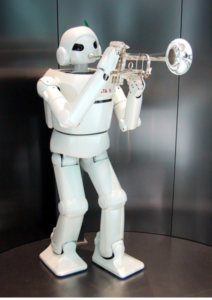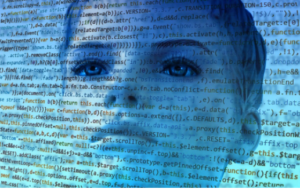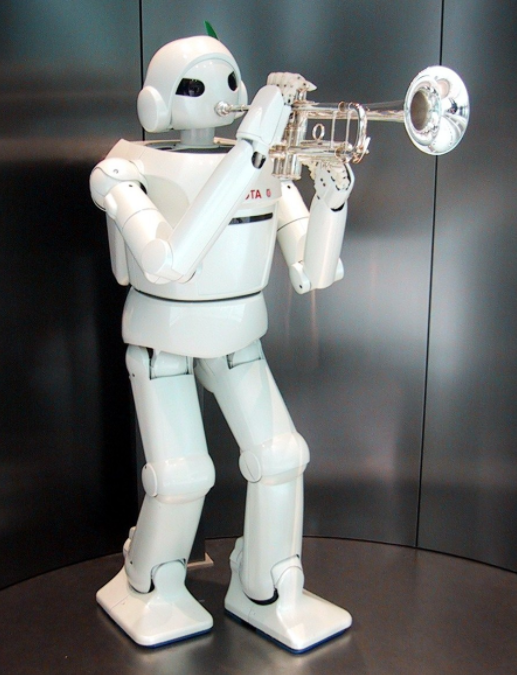By Jerry Mooney
If you are running a business, and use software to complete some of the tasks within your workflow, you might want to know which jobs are likely to be around for many years, and which will be replaced by AI. If you are planning your operations and would like to redesign your supply chain to meet the demands of the 21st century, you need to ensure that continuity is guaranteed in your organization. Below you will find a list of jobs that are not likely to be replaced by artificial intelligence in the next few years.

Image via Wikimedia Commons
Customer Service
People still buy from human beings, despite the existence of online shopping sites. Some people will need personalized advice, and they would rather walk into a travel agent’s office to explore their options and compare packages than simply conducting an internet search. While customer service staff will need to learn some technical skills to make the best use of the resources available through search engines and computers, they will be needed to add a personal touch.
Problem Solving
While computers are good at calculating probabilities, they lack the human intelligence and experience that is needed to solve urgent issues. We can’t imagine a robot negotiate a conflict between a customer and the sales agent, or between two colleagues. If there are urgent issues to solve, experienced managers with adequate training and quick thinking will still beat robots. Whether it is a late delivery your company needs to deal with, or staff shortage, you will need to have an experienced manager to intervene, instead of getting the computer to calculate the best solutions.
Decision Making
You will need to develop your decision making skills throughout your life. There are different things to take into consideration that a computer might not be aware of. Whether it is deciding whether or not to hire a new worker, switch suppliers, or enter a new market, your experience will never be matched by a computer’s abilities to assess the situation. Robots will not take into consideration the human factors, which are often more important than the financial outcomes of decisions.
Creative Design

Image via Pixabay
Whether you would like a logo created or an advertisement for your brand, a robot will not be able to understand your vision, mission, and values as well as a human being. Graphic design involves creativity, and it is something computers lack. Your image is unique, and perceived by humans, so computers cannot construct messages that talk to people, only manage interaction with other forms of artificial intelligence.
Ethical Judgment
If there is one thing that computers and artificial intelligence don’t understand it is ethics. It is often not logical, and decisions can be hard to explain. You will need to develop your ethical norms and judgments, and a robot is unable to do this, as they don’t interact with people on a daily basis. A robot might advise you to use the water from the cheapest source, and wouldn’t take into consideration the interest of the communities living nearby. You could end up in a scandal that can cost you your business.
Risk Assessment
While robots are able to work with information provided for them, and analyzing probabilities, every risk and threat is different. If the computer doesn’t have a list of all variatiables, they cannot carry out a thorough risk assessment. There are dozens of human decisions involved in completing a risk assessment, and your attention to details will never be replaced by the diligence of a computer.
Planning and Building Design
As a creative task that involves complicated calculations and assessments, choices, and decisions, the job of an architect is not threatened by robots. Remember that the qualification takes long years to complete, and architects often take part in projects to learn while on the job. The same training cannot be provided for computers and robots. While they can assist building designers and architects in doing their job, they will never replace them.
Technological Management
While logistics are often managed by computers, and inventory management is often supported by software, While manufacturing and construction companies are taking advantage of the latest developments in robotics, artificial intelligence needs constant supervision. While automated systems can improve productivity, they cannot prioritize tasks or replace quality assessments.
Programming
Programming handled by computers could be dangerous, and it simply cannot be done. When designing an automated process, humans need to think through the different variations and feed information for the system to work from. You are not likely to see artificial intelligence create a software, as this will not be based on the needs of humans, but the limited knowledge of the computer and the software. Only humans can design software and artificial intelligence – for now – and this is probably the best way.
Training and Recruitment
Computers and robots lack empathy and emotions, so they will not be as effective in delivering training or assessing applicants than humans. You wouldn’t let a robot train your workers how to operate machinery safely. Today, if you search how to get your OSHA card you will not come across results that will provide you with robotic demonstrations and online quizzes only. You will need to have an access to a tutor who has experience, and can answer your questions. Likewise, if you want to choose the employee who is the best fit for your company based on your values, skills needs, and culture, you don’t necessarily want to leave the decision to artificial intelligence.
No matter which industry you are in, your organization is likely to be affected by the development of artificial intelligence in the next few years. There are, however, some skills that are not likely to be replaced by computers, such as creativity and decision-making. While robots, computers, and AI can help you improve your productivity, human input and supervision are necessary to help you achieve your strategic goals and stay connected with your customers, employees, values, and organizational vision. Use AI for improving productivity, but don’t trust them with complicated decisions.



Recent Comments